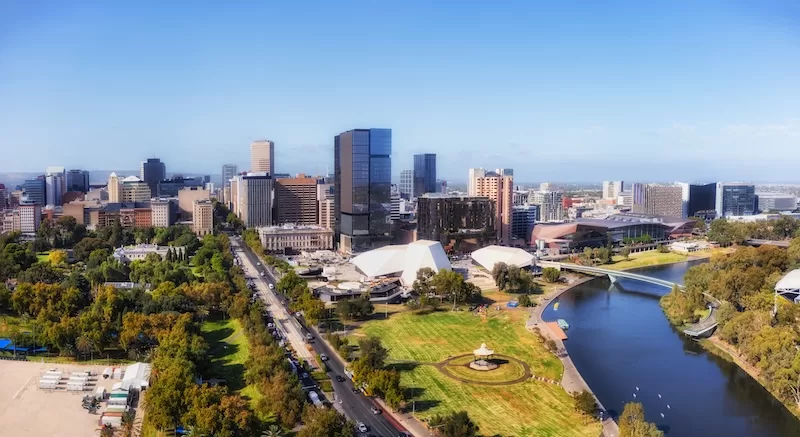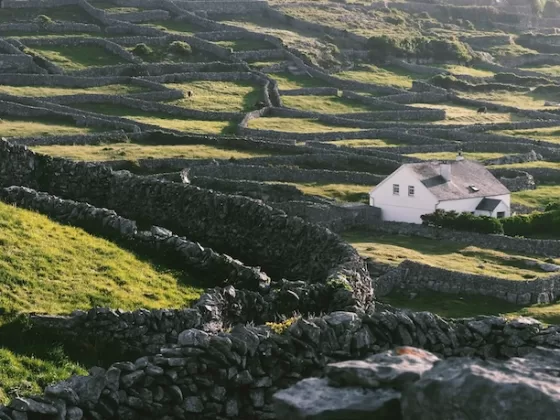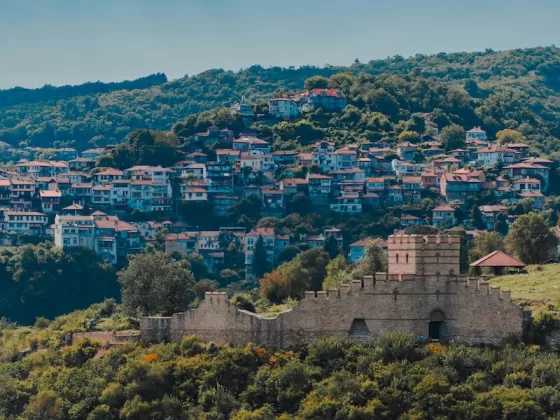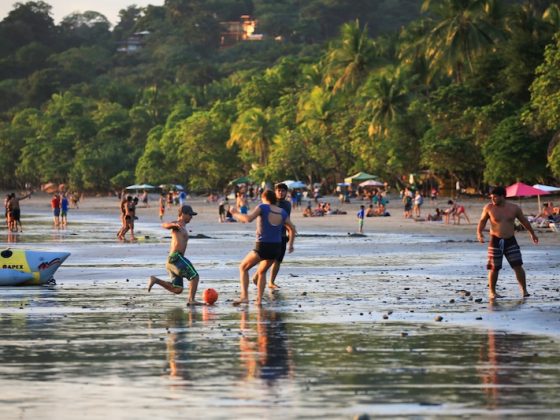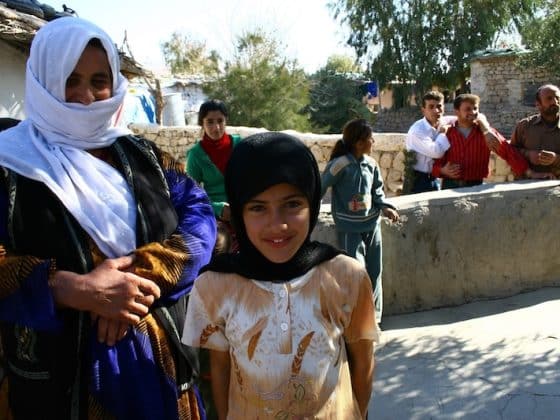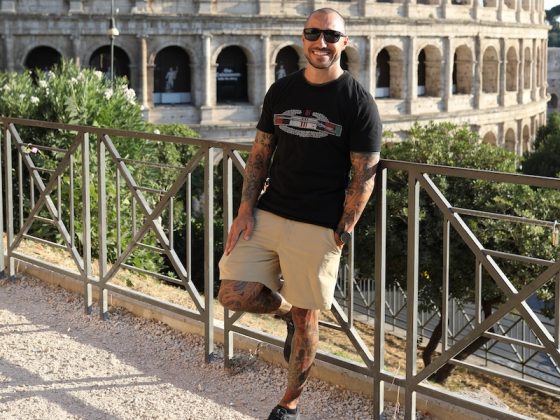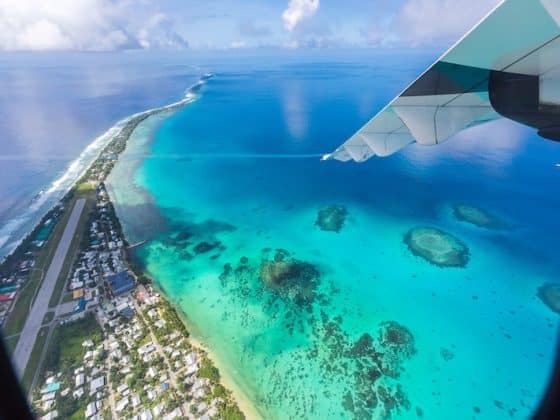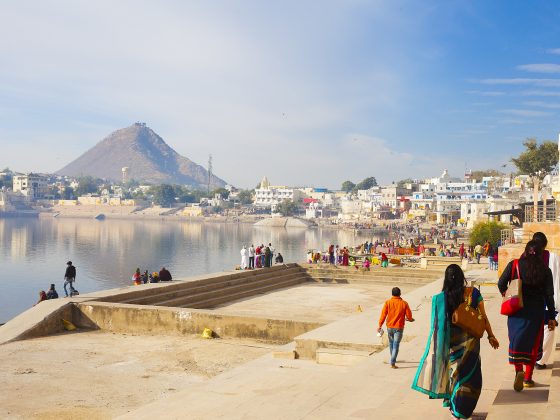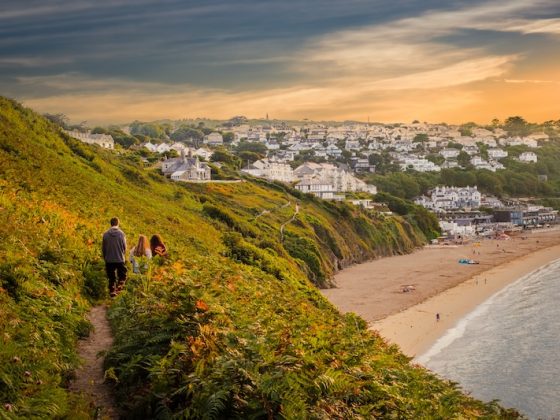An Escape in Adelaide
I landed in Adelaide with a Sydney-tinted veil over my eyes. As any expat will tell you, Australia is too often reduced to a two-city rivalry. “Do you prefer Sydney or Melbourne?” is the question that echoes across hostel dorms and visa offices alike. The South Australian capital wasn’t even on my radar. But Adelaide surprised me—and I instantly realized my mistake.
The city center’s compactness hit me first. Unlike Australia’s sprawling metropolises that seem to stretch endlessly, Adelaide presents a contained and deliberate design—a rectangular grid of sandstone buildings and sleek glass towers. But it isn’t just urban order. Surrounding the center is a tranquil buffer of green, a wraparound parkland so immersive that it’s easy to forget there are miles of suburbs beyond. Standing in the middle of Adelaide feels like being in a verdant bubble. For the first time in two years, I felt like a small fish in a perfectly sized bowl.
Perhaps my initial skepticism was understandable. Adelaide is a relatively recent entrant to the international spotlight. In 2025, it became the only Australian city ranked in the top 30 of the Happy City Index, which dubbed it a “Rising Star.” Long overlooked, Adelaide is finally stepping into view.
As expats flock to Australia’s so-called “bigger names,” this city holds its own with quiet confidence and authenticity. Let’s take a closer look at what sets Adelaide apart, and why it’s becoming a global standout.
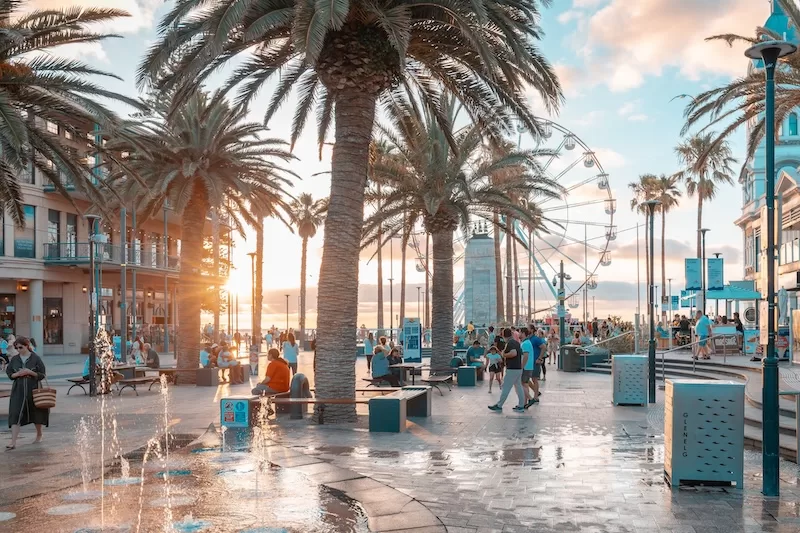
An Atmosphere to Be Admired
In Adelaide, you don’t jostle for sidewalk space with camera-wielding tourists or rush-hour crowds. Walking the streets here is a literal breath of fresh air—something I felt immediately. If you’re seeking the pulse of the city, head to the 1869 Adelaide Central Market (absolutely worth it). Even the main shopping drag, Rundle Mall, hums with a sense of serenity rather than the usual retail rush.
The contrast to Sydney’s Kent Street or Melbourne’s Elizabeth Street is stark. The numbers back it up. As of 2024, Sydney’s population stood at 5.45 million, Melbourne at 5.2 million, and Adelaide at a modest 1.45 million. It’s no wonder the streets feel calmer—fewer people means fewer crowds.
But Adelaide’s peaceful vibe isn’t just about population. Nature is seamlessly woven into the city’s fabric. Though the city sits about 12 kilometers inland, it’s bisected by the River Torrens, which feeds a lush, inner-city ecosystem. With 29 parks and 760 hectares (roughly 1,878 acres) of Park Lands, Adelaide lays claim to the largest inner-city park system in Australia. That’s about 1,250 football fields of green—a stat that would make any urban planner envious.
All this greenery has a mood-enhancing effect. Studies show that even indoor potted plants boost well-being. Now imagine what it’s like to live surrounded by botanical calm. And if you’re craving blue space instead of green, you’re just a 30-minute bus ride from the coast. Suburbs like West Beach offer easy access to the ocean, in line with the soothing ideals of Blue Mind Theory.
A Close-Knit Community
Adelaide feels like the halfway point between a regional town and a world-class city. It blends the warmth of the countryside with the energy of a capital. Unlike the sleek, high-octane vibe of the Gold Coast or the corporate gloss of Sydney, Adelaide is grounded and approachable. That might explain why Booking.com recently crowned South Australia the most welcoming place on Earth.
I witnessed this firsthand while cage diving with great white sharks off Port Lincoln—Australia’s last remaining spot for the thrill. When sudden COVID border closures were announced while we were still at sea (a wild story for another time), a local Adelaide couple I met offered to smuggle me across a remote border. If that failed, they said, I could stay in their spare room. Extreme? Absolutely. But it speaks volumes about the kind of people Adelaide breeds: generous, quick-thinking, and genuinely kind.
Geographically, Adelaide covers about 3,300 square kilometers—a fraction of Greater Sydney (12,400 km²) or Greater Melbourne (9,900 km²). That smaller footprint fosters intimacy. Outside the city’s green belt, leafy, low-crime suburbs sprawl out—from buzzy Norwood to the beachside gems of Glenelg, Henley Beach, and Semaphore. Each neighborhood carries a distinct personality. With reliable public transport, inclusive workplaces, and a palpable sense of safety, the city nurtures a strong, connected community.
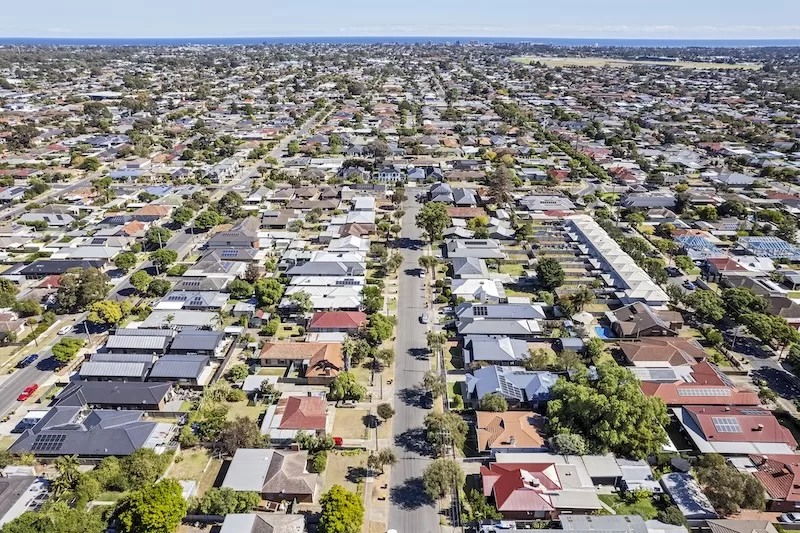
A Source of Environmental Envy
If one factor pushed Adelaide into the Happy City Index’s top tier, it was environmental leadership. The city earned a whopping 217 points in the “green” category, second only to Vancouver, and just by five points. That stat isn’t just impressive; it’s a global statement.
Adelaide has exceptionally low CO2 emissions and some of the world’s lowest PM10 levels (harmful particulates that affect air quality and health). That means fewer toxins in the air, and a cleaner, healthier environment overall.
How did the city achieve this? Through years of proactive policymaking and community-led initiatives, including:
- Carbon Neutral Action Plan
- 3 Million Tree Program
- Green City Program
- Office of Cycling and Walking
And the momentum hasn’t slowed. In 2024, the city approved the Integrated Climate Strategy 2030, with ambitious goals including:
- Net-zero emissions
- Climate resilience
- Water sensitivity
- A thriving natural environment
- A decarbonized economy
Adelaide understands what’s at stake. With Australia regularly grappling with droughts and wildfires, its proactive stance makes it a national outlier—and a global leader. For context, Sydney ranked 75th on the same index, with just 176 points for its environmental category.
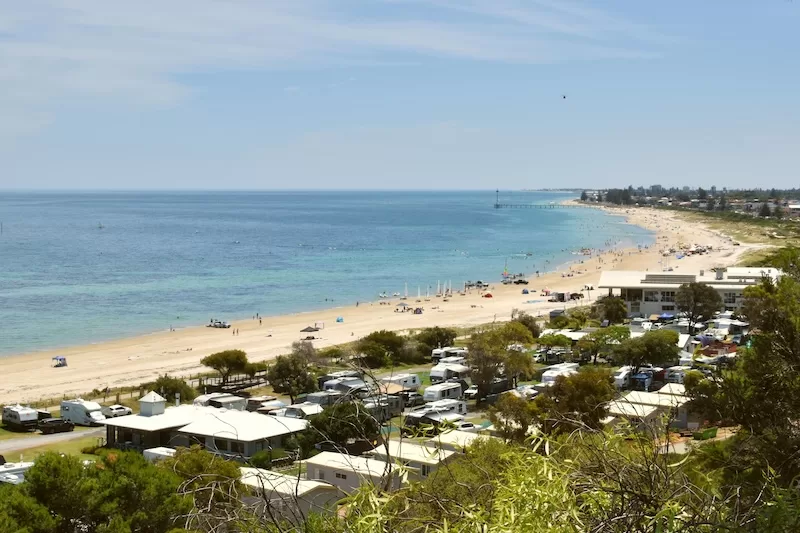
A Lifestyle Without the Hefty Price Tag
For expats, living in Australia isn’t always the sun-drenched dream it appears to be. There are trade-offs: the distance from family, the unsettling wildlife, and, most pressing of all, the staggering cost of living. I remember facing real financial stress during my time in Sydney—affordable housing felt like a myth, and “budgeting” became synonymous with survival.
That’s why Adelaide is such a revelation. Regularly ranked as Australia’s most affordable city, it offers respite from inflated property prices and high living expenses. Whether you’re renting or buying, the burden lightens here.
According to Numbeo:
- Living in Adelaide is nearly 10% cheaper than Sydney overall
- Rent is 22% cheaper, and over 40% lower on its own
- Schooling costs can be 50–60% lower than in Sydney
- Even compared to Melbourne, Adelaide is 4.1% cheaper (with 20.8% lower rent)
- Compared to the Gold Coast, 2.9% cheaper (and 20.9% lower rent)
Compared to Canberra, 6.1% cheaper (with 16.2% lower rent)
True, dining out might cost a few extra dollars, and utility bills run a tad higher. But those are minor trade-offs for the kind of housing security that fosters peace of mind.
In a country where property prices are notoriously volatile and urban living often means six-person house shares, Adelaide is a welcome antidote. It offers a rare mix: economic stability, lifestyle perks, and breathing room—literally and figuratively.
Read more like this Things to Know if You’re Moving to Australia your essential guide to a smart move.
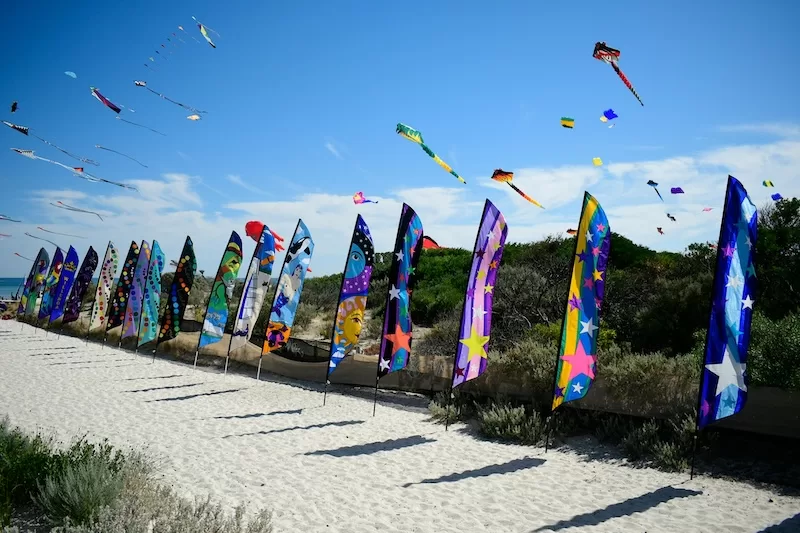
Rewriting the Australian Dream
I’ll admit it: I had Adelaide all wrong. But that’s the magic of the unexpected. Sometimes the best places are the ones you never considered. For anyone weighing a move to Australia, it’s worth challenging the status quo. Don’t assume that busyness equals fulfillment. The national narrative often splits into two extremes: high-flying execs versus struggling backpackers. But 2025 feels different. Hustle culture is losing steam, and with it comes space for cities like Adelaide to rise.
Happiness is fragile. You need a life that protects it—not one that constantly risks burning it out.
And that, I’ve come to realize, is exactly what Adelaide offers.
About the Author
Eibhlis Gale-Coleman is a travel writer from the UK. She has an ever-growing bucket list of “everywhere” and took her first solo trip abroad at 16 to volunteer in marine conservation.
Contact Author
"*" indicates required fields
Stay Ahead on Every Adventure!
Stay updated with the World News on Escape Artist. Get all the travel news, international destinations, expat living, moving abroad, Lifestyle Tips, and digital nomad opportunities. Your next journey starts here—don’t miss a moment! Subscribe Now!
